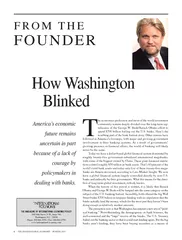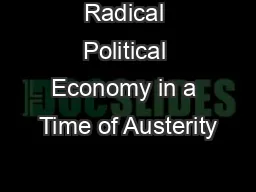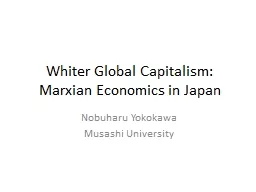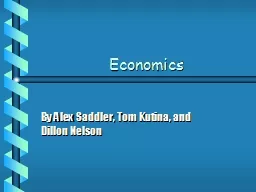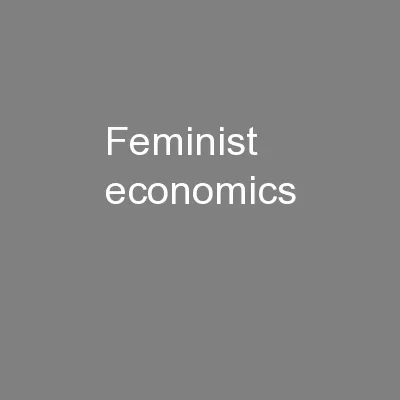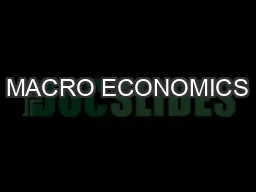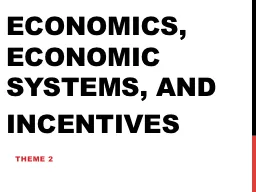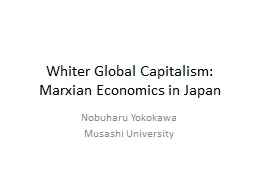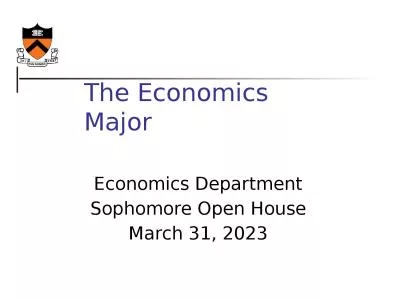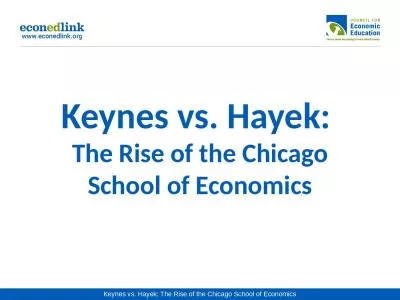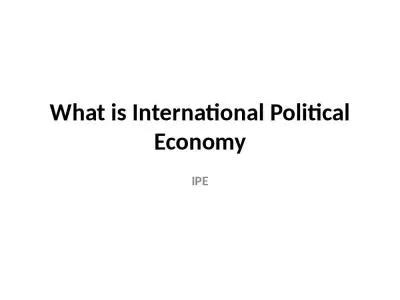PDF-THE INTERNATIONAL ECONOMY WINTER he economics profess
Author : giovanna-bartolotta | Published Date : 2015-05-06
BushBarack Obama effort to spend 700 billion bailing out the US banks Heres the troubling part of the bank bailout story Other nations have followed in Americas
Presentation Embed Code
Download Presentation
Download Presentation The PPT/PDF document "THE INTERNATIONAL ECONOMY WINTER he eco..." is the property of its rightful owner. Permission is granted to download and print the materials on this website for personal, non-commercial use only, and to display it on your personal computer provided you do not modify the materials and that you retain all copyright notices contained in the materials. By downloading content from our website, you accept the terms of this agreement.
THE INTERNATIONAL ECONOMY WINTER he economics profess: Transcript
Download Rules Of Document
"THE INTERNATIONAL ECONOMY WINTER he economics profess"The content belongs to its owner. You may download and print it for personal use, without modification, and keep all copyright notices. By downloading, you agree to these terms.
Related Documents

